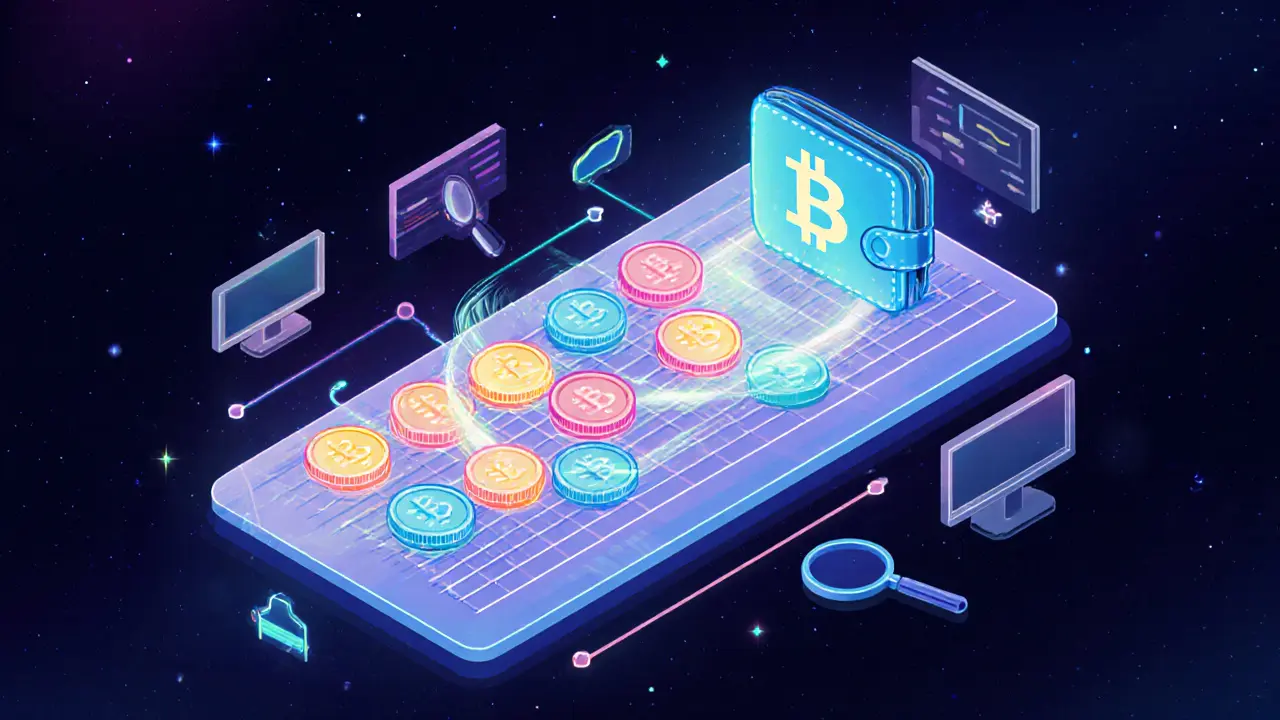Graph Learning: How Network‑Based AI Drives Crypto Insights
When exploring graph learning, the practice of applying graph‑based algorithms to understand complex relational data. Also known as network‑centric machine learning, it captures connections between wallets, tokens, and smart contracts. Core tools include Graph Neural Networks, deep models that aggregate node features across edges and Network Analysis, the study of graph metrics like centrality, community detection, and path analysis. In the crypto sphere, Blockchain Analytics, the extraction of on‑chain activity patterns for compliance, risk, and opportunity assessment relies heavily on these methods.
Why Graph Learning Matters for Crypto
graph learning brings three key attributes to the table: (1) Structure Awareness – it knows how entities are linked, not just their individual attributes; (2) Scalability – modern graph neural networks process millions of nodes, perfect for public blockchains; (3) Predictive Power – by propagating signals across edges, it forecasts future moves like airdrop eligibility or token price spikes. Machine Learning, the broader field that feeds training data and optimization techniques into graph models acts as the engine, while Graph Neural Networks, the model family that learns node embeddings from edge information serve as the workhorse.
Graph learning encompasses graph neural networks, requires network analysis, and enables blockchain analytics. For example, airdrop hunters use graph learning to trace token distributions across wallet clusters, revealing hidden eligibility. Exchange comparators apply network analysis to map fee‑related smart contracts, spotting arbitrage routes. Compliance teams leverage blockchain analytics to flag illicit flow patterns, where graph learning detects suspicious cycles faster than rule‑based systems.
Getting started is easier than you think. Public APIs from major chains (Ethereum, BSC, Solana) provide raw transaction graphs. Open‑source libraries like PyTorch Geometric or Deep Graph Library let you build custom graph neural network, architectures such as GCN, GAT, or GraphSAGE tailored for on‑chain data. Combine these with wallets‑to‑contracts mapping tables, and you can run community detection to spot coordinated token holders or run link prediction to anticipate future token swaps.
Below you’ll find a curated collection of articles that dive deeper into these topics. From detailed airdrop claim guides that illustrate graph‑based eligibility checks, to DeFi passive‑income strategies powered by network analysis, the posts showcase real‑world applications of graph learning across the crypto ecosystem. Explore the range, pick the guides that match your skill level, and start turning complex blockchain graphs into actionable insights.
On-chain Crypto Transaction Tracing Techniques: Methods, Tools & Limitations
Explore the main techniques behind on-chain crypto transaction tracing, from simple heuristics to AI-driven graph learning, learn the best tools, regulatory drivers, and how to handle cross‑chain challenges.
